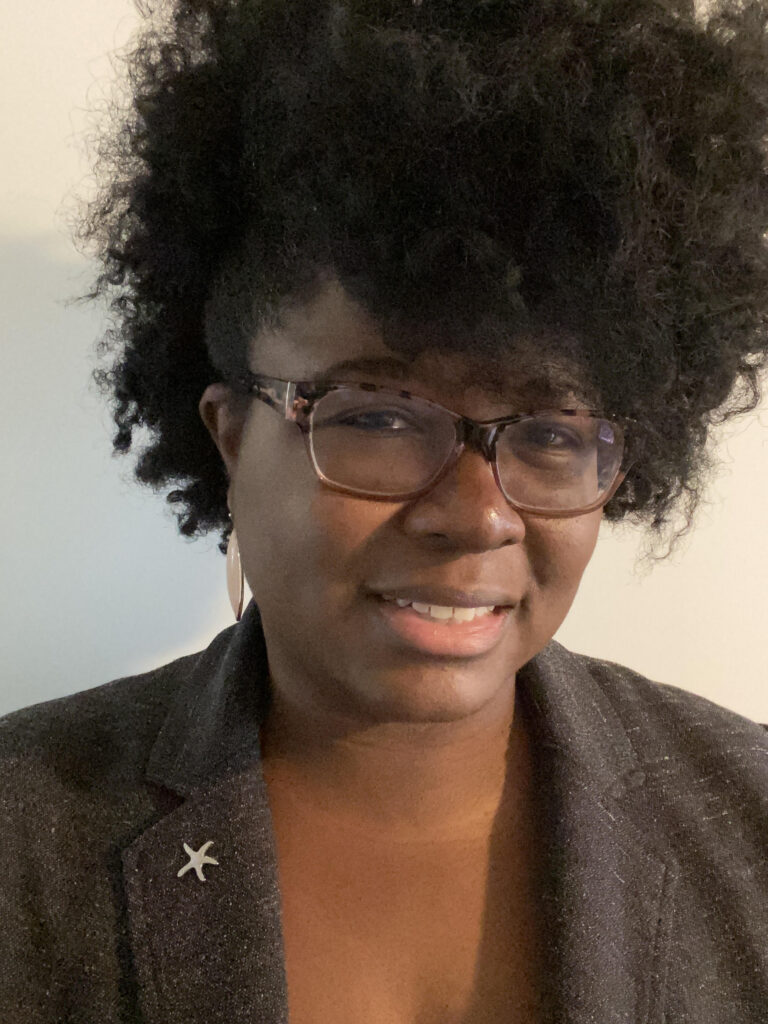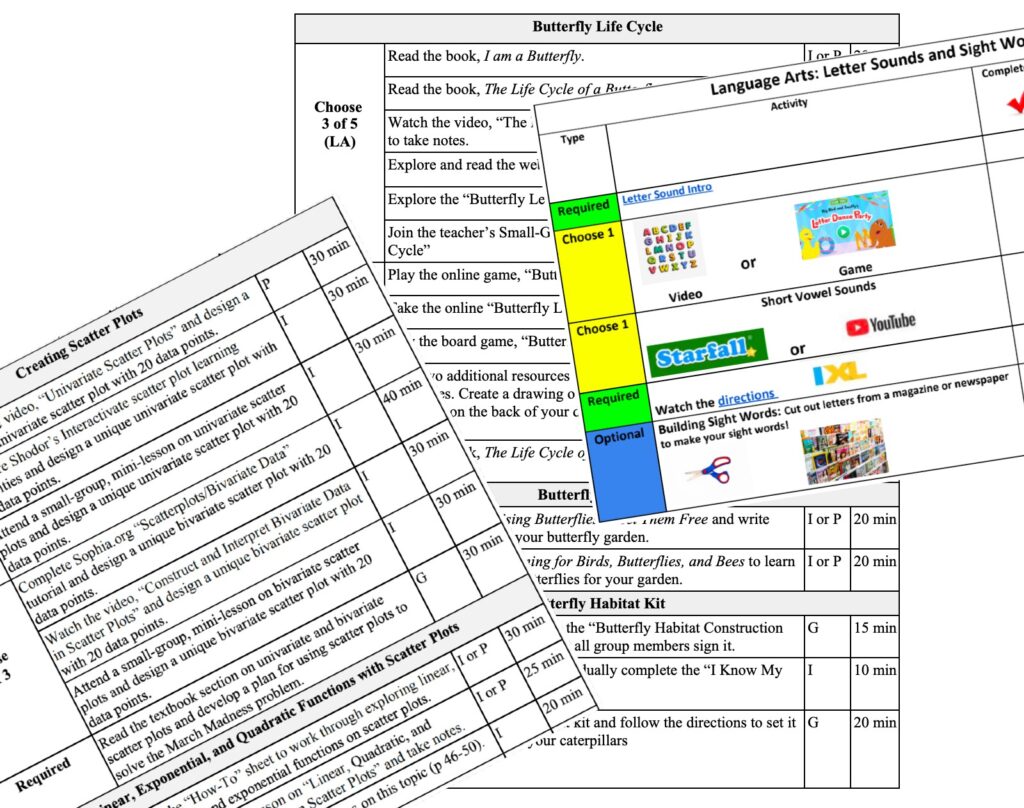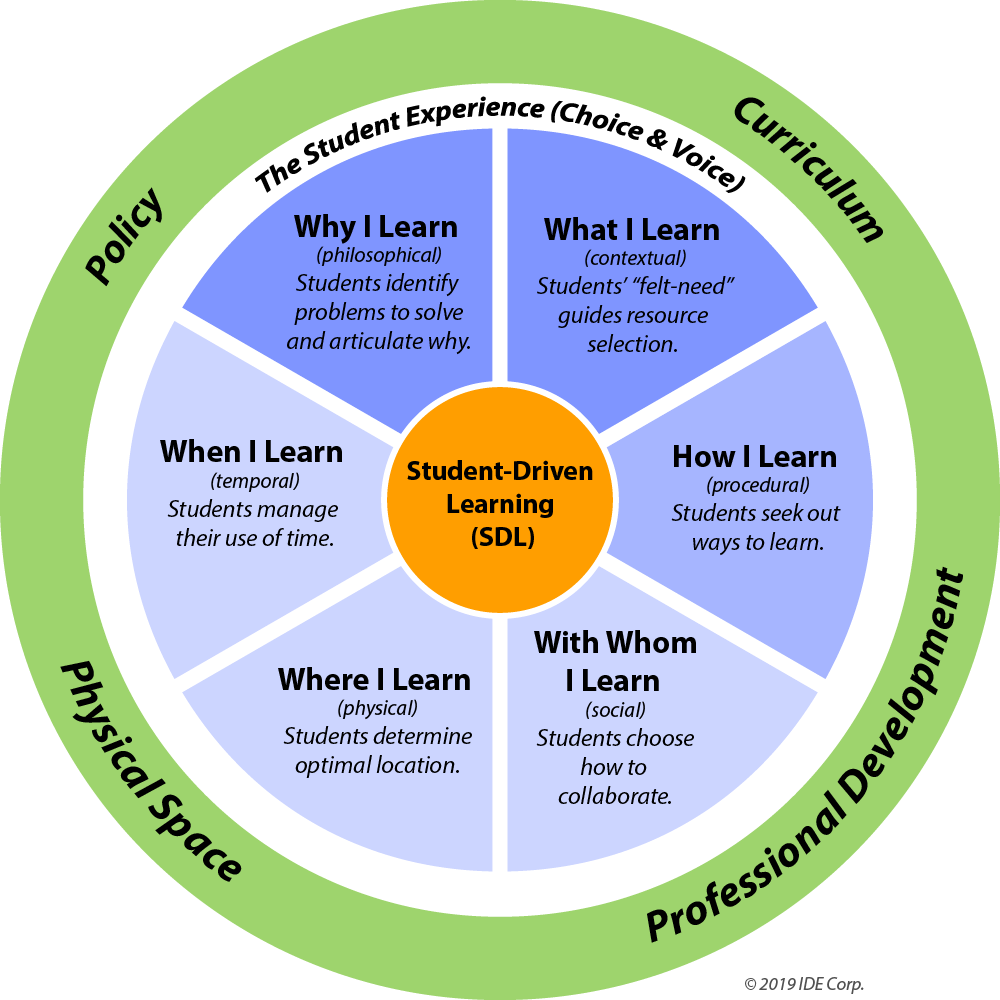
The Emergence of Choice in Our Society
The year is 1950. You probably shop at one local grocery store. You have your hair cut at the local hair salon. If you are fortunate enough to own a television, you might be able to access three network stations. The point is, people did not have the level of choice that is available now.
Today, your options are seemingly endless in almost every aspect of life. You may even shop across multiple stores to get the best deals! And television? You may have more than one in your home, and watch on your smartphone. Channels? Network, cable, satellite, streaming, on-demand . . . what would you like to watch? We enjoy a great deal of control through choice in our lives.
However, in most of today’s schools, choice is still quite limited. Students may have a choice about their lunch order, the sport(s) or club(s) in which they participate, what they do at recess, or the elective(s) they choose, but that is often where their choices end.

Most students walk into a classroom and are given the same textbook, assigned a seat, presented a lesson, and told what assignments to complete. This lack of choice assumes that all students learn the same way, have the same knowledge base, and need the same support to learn. However, we know students arrive in class with diverse needs and engage with content differently. Because of this, it is important to incorporate choice where we can.
Getting to Student Choice

Perhaps offer multiple ways to learn a skill or concept and have students choose which activity they want to complete based on their learning preference or readiness. Or have students choose how they want to engage with an activity: with a partner, individually, or in a small group with the teacher. Choice does not mean free rein; choices come with guidelines and expectations. When students have choices in these ways, they tend to be more engaged and motivated.
Student Choice vs. Student Voice
Choice versus voice . . . though it may seem they are similar, they are, in fact, quite different. Student voice is a level up from student choice. Students leveraging their voice is not simply about having conversations or collaborating with their peers; it is about sharing their opinions, perspectives, and insights toward enhancing the learning environment.
Examples of how you can honor student voice include asking students for feedback on what topics they want to learn, having students recommend possible instructional activities and related websites, or even getting their input on the classroom layout.
Giving students the space to voice their opinions about what and how they learn can create a sense of ownership and belonging. It builds their skills in self-advocacy. In your classroom, having students leverage their voices enhances their engagement and motivation, which creates a more inclusive and participatory atmosphere.
6 Components of Student Driven Learning

Implementing student voice within instruction can be a powerful way to promote student engagement, ownership of learning, and a sense of agency. Check out IDE Corp.’s Student-Driven Learning Components, which details six areas that increase student voice and choice. Consider how you might offer students choice, and then voice, in each of these six areas.
IDE Corp. consultants can help you increase student choice and voice in the classroom through creating an equitable, differentiated learning environment. Contact us at solutions@idecorp.com. And . . .
Head to EdQuiddity to review our latest product offering, an online, on-demand, school-wide, Professional Learning Experience (PLE) — Fostering Student Agency Through Differentiated Activity Lists.
